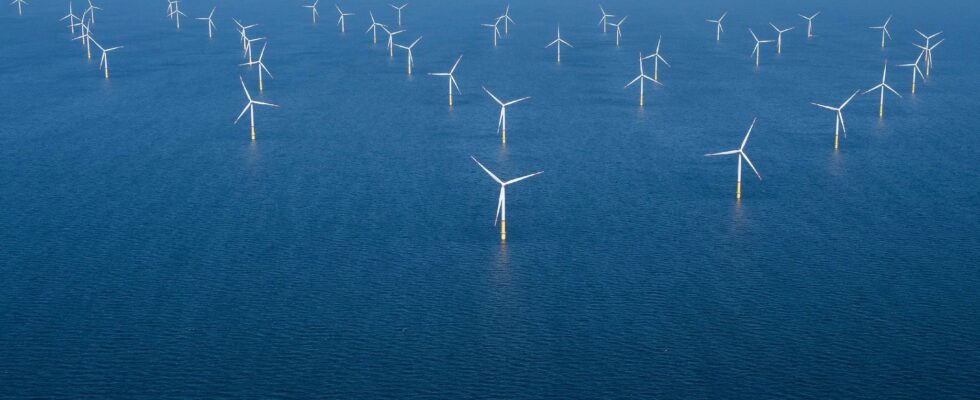They are the archaeologists of our coasts. Neither brush nor trowel, much less hat and lasso worthy ofIndiana Jones. They are instead armed with radars and underwater robots and crisscross the coasts in search of eruptive loot: unexploded ordnance (UXO). The two world wars left a colossal poisonous legacy at the bottom of the seas and oceans. In the Baltic and the North Sea alone, more than 1.6 million tonnes of bombs, shells, mines or munitions still loaded cover the sea floor. The situation is just as problematic along the French coast. “The Channel was more than bombed, like the Atlantic coast,” recalls Fabien Lucas, technical manager of Geomines, a company specializing in pyrotechnic diagnostics and decontamination.
The playing field for these specialized companies is immense. Their business is growing. “And we are only at the beginning,” confirms Thomas Portenart, head of the maritime service of the Géotec group. Because these offshore spaces are strategic for the energy transition, with the establishment of wind farms and the laying of underwater electrical connections between countries.
But an increase in activities means an increase in risks. The explosion of this forgotten waste stirred up by currents (or fishermen) could, if not dynamite a project, at least seriously delay it. The detection of UXO therefore being a prerequisite for all construction sites, “new players saw the opportunity to do business”, says Jean Specklin, deputy of the Purchasing, offshore network and interconnections department of RTE, the manager of the French electricity network. .
“Bottleneck”
Between ten and twenty companies would be positioned on this vein in Europe. And it is no longer just a question of the “historical” ones, those of the Nordic countries, nourished with the experience of oil and gas. Not all of them, however, have the means to invest in very expensive boats and sensors – Geomines, for example, processes and analyzes data collected by others. Certain actors therefore remain in high demand.
Between network managers, wind farm operators (EDF, Engie, etc.) or even the Ministry of Ecological Transition, which requires an initial detection mission before the opening of calls for tenders, “we arrive at a bottleneck”, worries Gilles Etheimer, purchasing director at RTE. “We have to anticipate more than before, by about a year if we want to have peace of mind,” explains Jean Specklin.
The price of the missions varies depending on the size of the underwater corridors probed, the resources deployed and the techniques used. “From a few hundred thousand euros for the easiest to several million for the most complicated,” figures Jean Specklin. “The French market is late, but it will be one of the most promising in the future,” assures Thomas Portenart. And it sometimes leads to discoveries that are more surprising than dangerous. As this Roman lead ingot2000 years old, detected at a depth of 20 meters before the connection of the Courseulles-sur-Mer wind farm (Calvados), in 2021. It has since been exhibited at the Normandy Museum. Indiana Jones Would he have done better?
.
